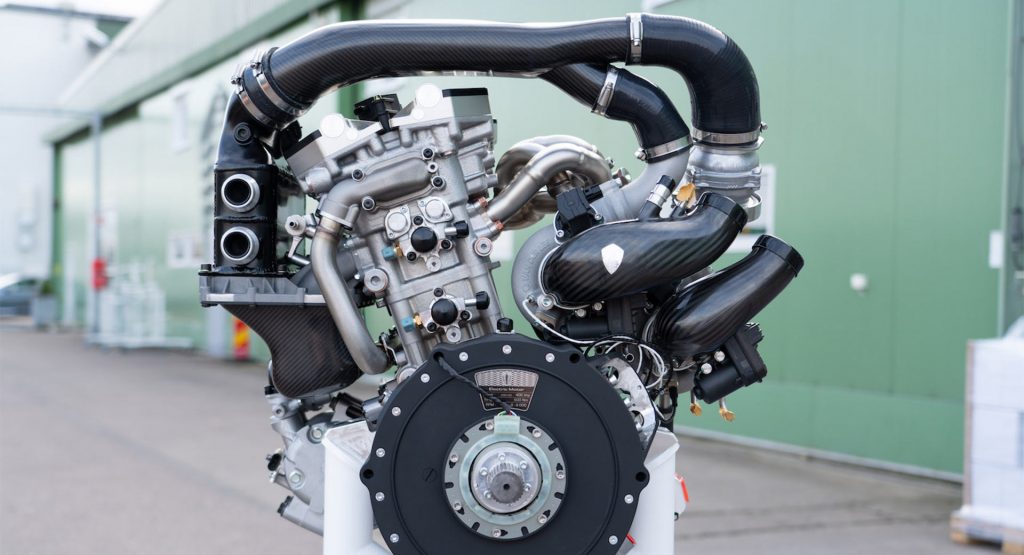At a time where more and more car manufacturers are turning their focus to electrification and forgetting about the internal combustion engine, the Koenigsegg Gemera shows that there is still a lot of life left for pistons, camshafts, cylinders, and all those good things.
All up, the Gemera delivers 1,700 hp and 2,581 lb-ft (3,500 Nm) of torque. Of this peak horsepower figure, 1,100 horses come from a trio of electric motors. We’ve become quite accustomed to powerful EVs in recent years so that’s nothing to write home about. What makes the Gemera’s powertrain really remarkable is its 2.0-liter twin-turbo Freevalve three-cylinder engine churning out an insane 600 hp and 442 lb-ft (600 Nm) of torque.
Koenigsegg dubs this engine the Tiny Friendly Giant (TFG) and it shows that with some ingenuity, downsizing doesn’t mean ICE cars have to be boring and slow.
Read More: New Koenigsegg Gemera Is A Four-Seater ‘Mega-GT’ With Massive Scissor Doors And 1,700 HP
In order to see how the Gemera’s three-cylinder packs such a punch, Jason from Engineering Explained recently took a deep-dive into the Tiny Friendly Giant.
Perhaps the most noteworthy thing about this engine is that it lacks a traditional camshaft and instead uses pneumatic actuators to control the valves. In addition, it has big bore cylinders, a long stroke, and revs through to 8,500 rpm, meaning its cylinders are moving as quickly as those of a modern-day Formula 1 car. Oh yeah, the TFG also has a pair of turbochargers.
Be sure to check out the full video for Jason’s far more comprehensive (and far better) explanation of this powertrain.



